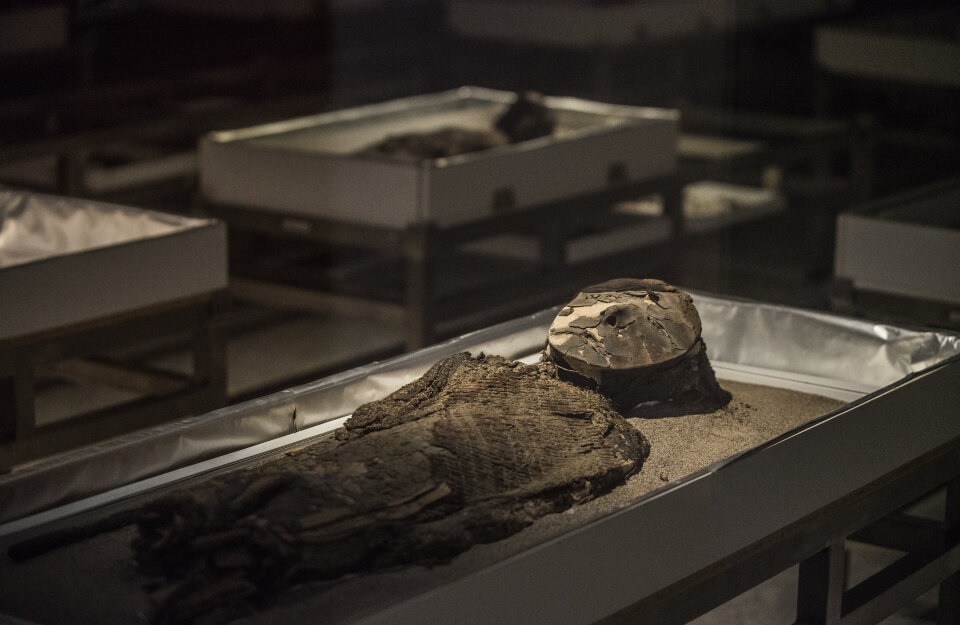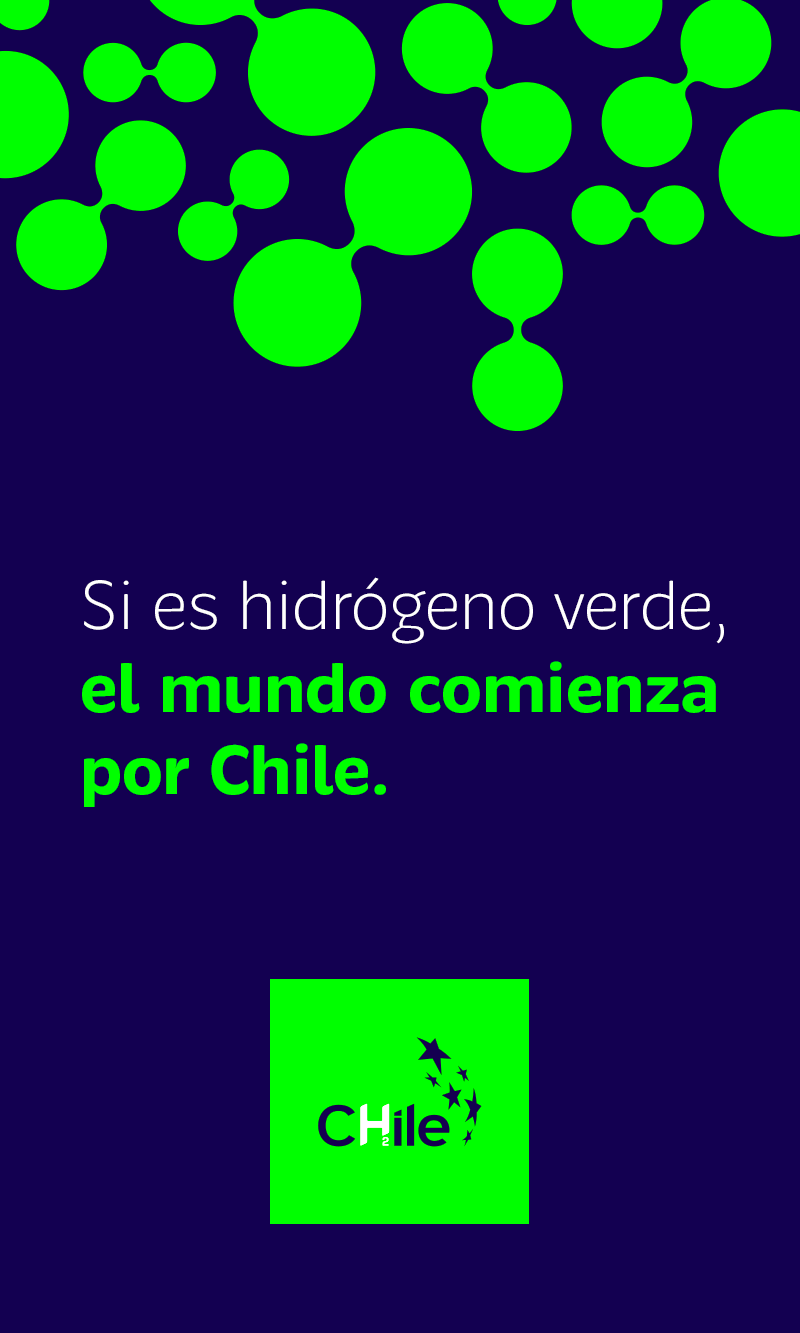
With this announcement, Chile now has seven sites that have achieved the highest level of heritage protection granted by UNESCO.
UNESCO’s World Heritage Committee has decided to include the Archeological sites and Artificial Mummification of the Chinchorro Culture from the Arica and Parinacota Region in the North of Chile on their World Heritage List, due to their outstanding universal value.
This group of sites is an example of the interaction of a group of marine hunter-gatherers with one of the driest environments in the world. It is a unique testimony to the complex spirituality of a now extinct cultural tradition – the Chinchorro Culture – expressed through cemeteries where bodies mummified both naturally and artificially have been found.
Three archeological sites of the Chinchorro Culture were nominated for World Heritage status. Faldeos del Morro (1) and the ‘Colón 10’ Museum (2) are both located in the urban setting of Arica and are the most important and representative cemeteries of the Chinchorro funerary tradition. The third site, located in a rural part of Camarones District at the mouth of the Camarones River (3), presents vestiges of this culture relating to both funeral traditions and dwellings – preserved in an environment and landscape that have changed little since the period when Chinchorro families lived there.
This is the seventh Chilean site recognized in UNESCO’s World Heritage List, the existing ones being: The Saltpeter Mines of Humberstone and Santa Laura; Rapa Nui National Park; The Churches of Chiloé; Sewell Mining Camp; The Historical Area of the Port City of Valparaíso; and the Qhapag Ñan Andean Road System. There are still two other applications for UNESCO recognition pending.
Chinchorro Culture
The Chinchorro Culture was developed more than 7,000 years ago by marine hunter-gatherers who settled and dwelt on the coast of the Atacama Desert, the driest in the world, taking advantage of the abundant marine resources provided by the Humboldt Current. This supply of raw materials allowed them to create semi-permanent settlements at the mouths of the scarce rivers and ravines in the area. The fragile evidence of their highly specialized maritime technology has been preserved thanks to the exceptional climatic conditions of northern Chile.
There are bodies in the Chinchorro cemeteries mummified by the environmental conditions, and others which have undergone artificial mummification, using a remarkable and very ancient technique. The Chinchorro people were innovators in artificial mummification; over time they perfected complex mortuary practices and created “artificial” mummies with material, sculptural and esthetic qualities that presumably reflect the fundamental role of the dead in their society.
The mummies found at the sites were buried only a few centimeters below the surface, and close to or in the dwelling sites. Based on this evidence, and on the wear and tear and the repairs visible on the mummies, specialists suggest that they continued to be part of community or family life, being dug up for certain occasions and then reburied. This mummification process is older than that used for the Egyptian mummies.





